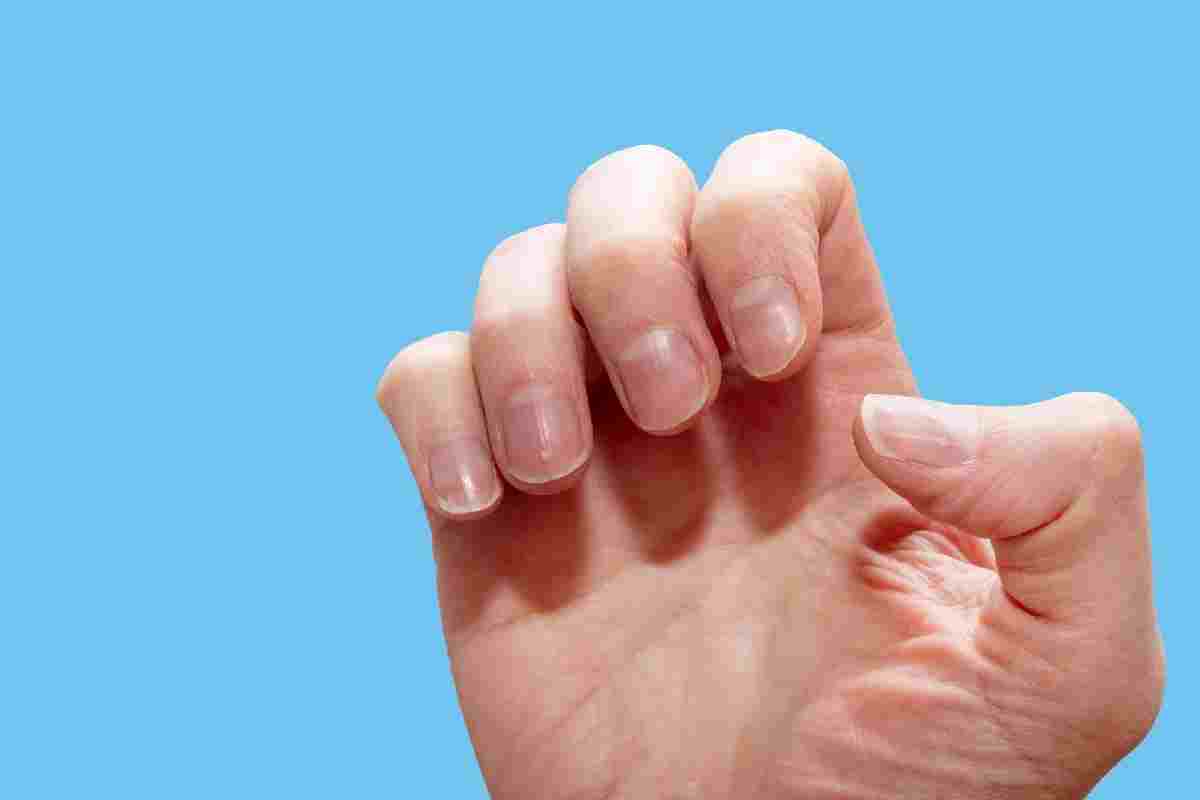Kidney Disease Nails – The human body is very incredible! Our bodies’ seemingly unrelated areas can give warning signs of more severe issues elsewhere in the body. For example, our eyes get yellow when our livers aren’t working correctly.
Is it amazing that the state of our fingernails might show that something is wrong with our kidneys?
Beyond preparing, a large portion of us likely don’t give our fingernails (or toenails, so far as that is concerned) a hesitation. Keratin, a protein that has solidified, makes up our nails.Keratin, a protein that has stiffened, makes up our nails. Nails typically develop 1 centimetre every 100 days. Age, sex, and season all affect how quickly nails grow. For instance, young men’s fingernails often grow more rapidly in the summer.
Table of Contents
What Do Your Nails Approximately About Kidney Disease?
When persons have kidney disease, nitrogen waste products build up in their bodies. As a result, your kidneys are not filtering those products out correctly. It can lead to changes in the look and construction of fingernails and toenails. It’s not the ONLY cause of difference, though. Malnutrition and taking approximately medications can also contribute. In addition, stress, melanoma, arthritis, and psoriasis also have clear signs that you can see in your nails.
Some of them even irritated over into symptoms of kidney disease. So, if you sign these on your nails, consult a medical expert to discover if something more serious isn’t happening in your body. There are three different kinds of nails to look for when it comes explicitly to chronic kidney disease.
Nail changes. Kidney disease can affect the arrival of your fingernails, toenails, or both. Persons who have advanced kidney disease can develop the following:
White color on the higher share of one or more nails and a usual reddish coffee color below, as shown here Pale nails
White Bands Running Crossways one or More Nails
Because your nails disclose a portion of your health, see your doctor if you sign any changes to your fingernails or toenails.
Beau’s Lines
The designation originates after a French physician first labeled the disorder in 1846. Beau’s lines are profound grooved lines that run flat from side to side on the finger or toenail. See the image below.
Ridged Nails
The official name for this is koilonychia. These are rough-looking nails with ridges that are regularly spoon-shaped and concave. In the primary stages of this condition, the pins may be brittle, chipping easily. Ridged nails occur when you have iron-deficiency anemia. So there’s no way to miss when your nails look below.
White Streaks/Spots
The medicinal name for this type of nail is leukonychia, which originates from the Greek argument that it means “white nails.” So it is when white lines or dots seem on your finger or toenails. They can be numerous dots on one nail, or their strength is one more prominent spot that stretches across the nail.
Nails and CKD
Equally, fingernails and toenails can be affected by kidney disease. Nail changes patients may experience comprise abnormal:
- Color
- Shape
- Texture
- Thickness
Nitrogen left-over products build up in people with CKD, leading to broken fingernails and toenails. Demonstration your doctor if you have any abnormal changes in your nails, such as:
- Yellow or opaque coloring
- Brittle nails
- Pitted nails
- Linear depressions across the fingernail
- Ridge-shaped nails
- Raised ridges, thin and concave shaped
White Streaks, Spots on the Nails
Injury is the most significant cause of white spots, but it can also indicate heart disease, psoriasis and arsenic poisoning, and kidney disease.
Other belongings to look for in nails are relaxation nails, black lines, redness around the nail bed, and half-and-half nails, as they can designate other diseases besides kidney disease. Check with your local healthcare provider if you look down at your nails and understand these patterns. They want to test you to know if it’s somewhat minor or the start of something serious.
Conclusion
In our bodies, nitrogen waste products accumulate when patients have a renal illness. It is because your kidneys are not effectively removing these products. Both the appearance and structure of fingernails and toenails may alter due to this.

